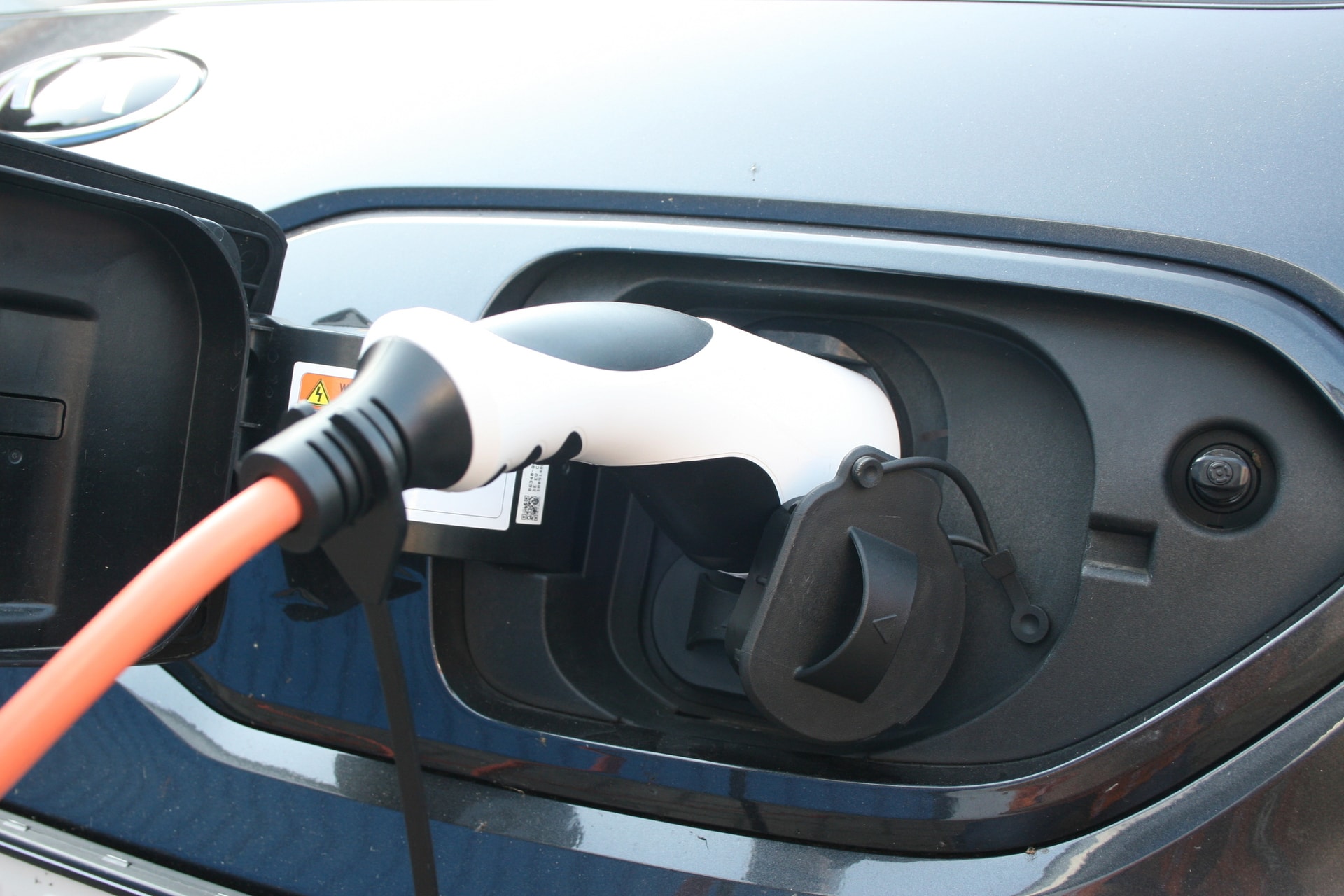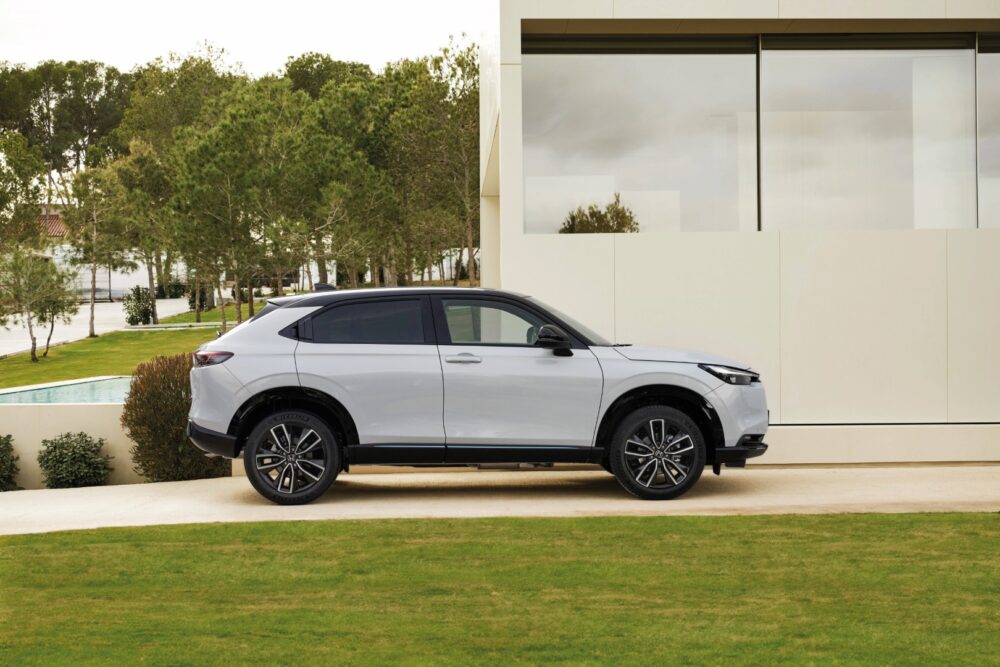Electric vehicles: How to drive in winter
SAFETY The cold months pose particular challenges for electric cars and e-scooters. Not only is charging the battery subject to special conditions, starting off on ice and snow is also different. The ADAC has determined that the range of an electric car is 50 percent lower in winter. At low temperatures, not only ventilation and lighting require more energy than [...]

The ADAC has determined that the range of an electric car is 50 percent lower in winter. At low temperatures, it is not only ventilation and lighting that require more energy than in summer.
In addition, the interior, rear and windshield heating as well as the seat and steering wheel heating draw energy from the battery.
Plan a range reserve
What applies to electric cars in general - namely to always include a range reserve - is therefore all the more important in the cold season. Batteries generally have less capacity in cold weather.
In addition, low temperatures not only reduce the range, but can also extend the charging time. The ADAC therefore recommends heating an electric car while charging. This is because the energy then comes from the charging cable and not from the traction battery.
Starting up in Eco mode
Driving itself is also more tricky in winter with an electric car with its direct torque. You should therefore switch to eco mode, especially when starting off, because the engine then only transmits reduced power to the wheels and the car makes better - and more economical - progress.
Charging in heated rooms
The same applies to e-scooters: here too, the range of the battery decreases at low temperatures. According to the manufacturer, the battery can generally withstand temperatures down to minus 20 degrees Celsius, but should be charged in heated rooms. For a better grip, it is advisable to select a lower speed level or - if available - drive assistance.
Braking distances are getting longer
It is also helpful to reduce the air pressure in the tires. When driving, it is generally advisable to adapt your speed to the road conditions and be prepared for increased braking distances. The front brake in particular should be used carefully and, if possible, you should not brake or steer at all on icy roads.









